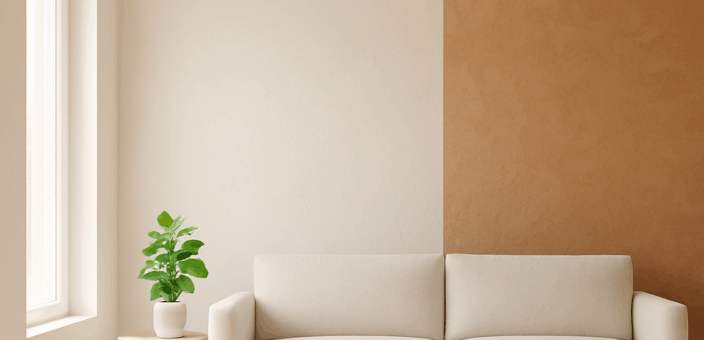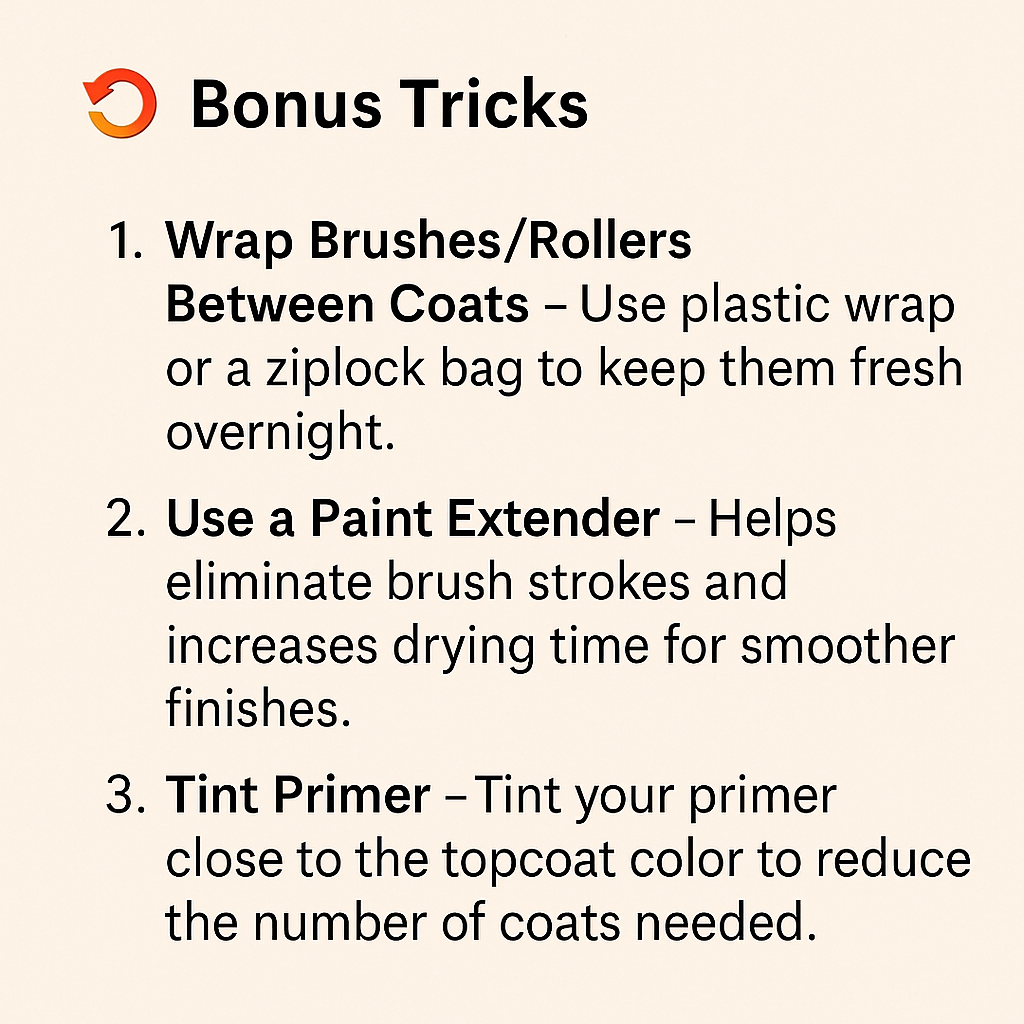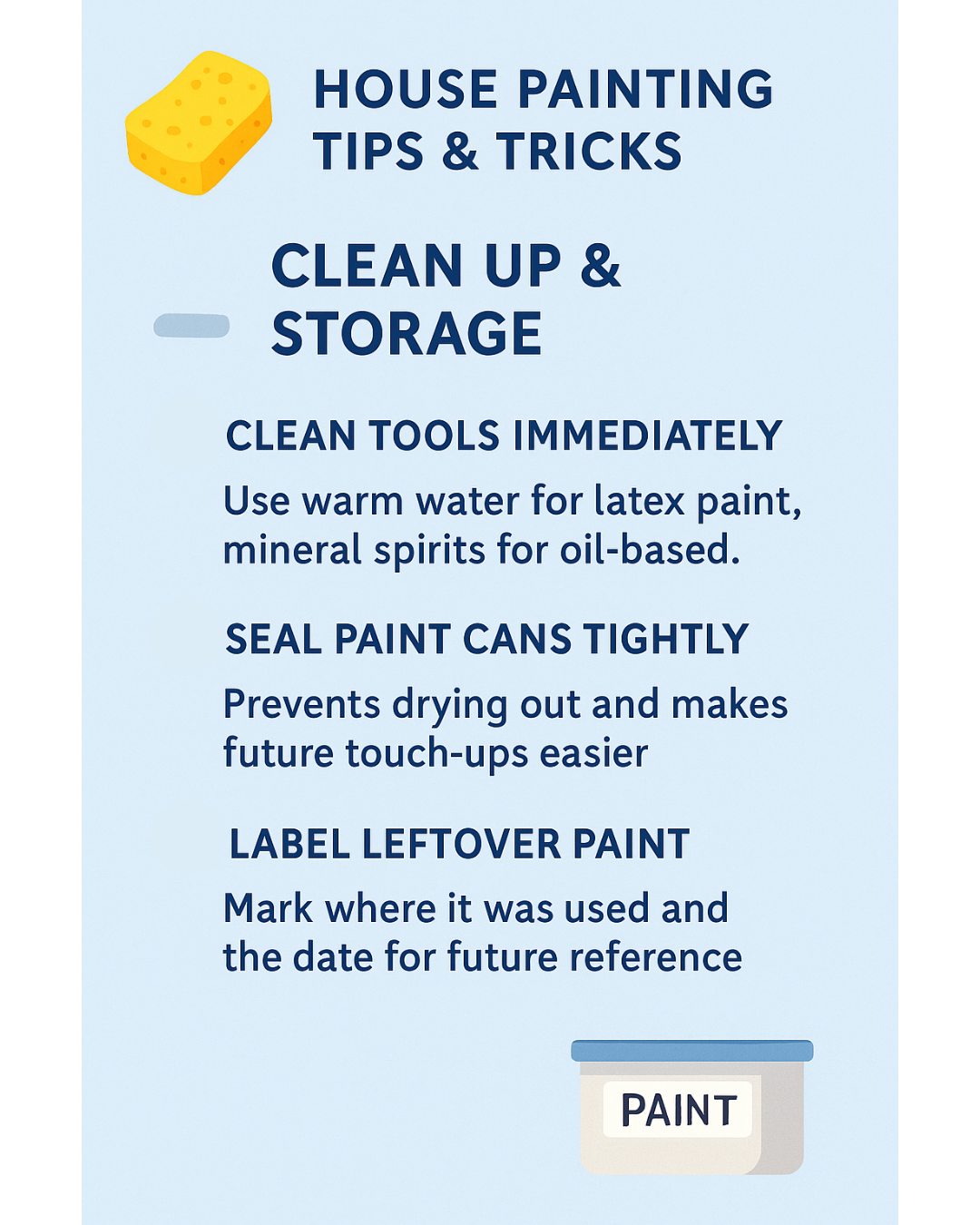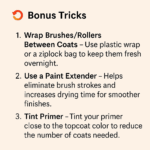When it comes to interior design, walls are more than just boundaries — they’re a canvas for expressing personality and style. While flat, smooth walls are timeless, textured finishes are making a big comeback, offering visual interest, depth, and even practical benefits. But is adding texture the right move for your home?
Let’s break down the pros, cons, and considerations to help you decide if wall texture is worth the investment.
🎨 What Is Wall Texture?
Wall texture refers to the surface finish or pattern applied to walls using paint, compound, or specialized techniques. Common types include:
- Knockdown
- Orange peel
- Skip trowel
- Sand swirl
- Brushed suede
- Venetian plaster
These textures can be subtle or dramatic, and they can be done with tools like trowels, rollers, or sponges — or even with special paint finishes.
✅ Pros of Adding Texture to Walls
- Hides Imperfections
Textured finishes can conceal dents, cracks, or uneven drywall, making them a popular choice in older homes or areas with heavy wall traffic.
- Adds Depth and Dimension
A flat wall can look sterile, especially in minimalist spaces. Texture adds visual warmth and complexity without overwhelming the room.
- Elevates Design Style
Textures can enhance themes like:
- Rustic (e.g., skip trowel or brushed suede)
- Mediterranean (e.g., Venetian plaster)
- Modern Industrial (e.g., raw concrete effect)
- Painted Texture Is Easy to Update
You can still change the wall color without losing the texture — just paint right over it.
⚠️ Cons of Adding Texture
- Harder to Clean
Heavily textured walls can trap dust or grime and may be tougher to wipe down, especially in kitchens or kids’ rooms.
- Challenging to Repair
If a textured wall gets damaged, it’s harder to patch and match the finish compared to a smooth wall.
- Resale Considerations
Not every buyer loves textured walls. Some prefer the clean look of smooth drywall, so texture could potentially affect resale value.
- Permanent Commitment
Once applied, wall texture is not easily reversible. Removing it requires sanding, skimming, or even replacing drywall.
💡 Where Texture Works Best
Consider using textured paint or finishes in:
- Accent walls (adds drama without overdoing it)
- Hallways and entryways (masks wear and tear)
- Ceilings (adds subtle interest without crowding a room)
- Powder rooms or dining rooms (great for experimenting with bolder looks)
🧰 Tips Before You Texture
- Start small. Test a sample wall or an accent area before committing to an entire room.
- Hire a pro if you want a polished look, especially with more complex textures like Venetian plaster.
- Use quality paint that works well with your chosen technique — some are specifically formulated for textured finishes.
- Match your home style. Texture should complement your overall aesthetic — not compete with it.
Final Verdict: Is Wall Texture Right for You?
If you’re looking to add personality, hide imperfections, or make a design statement, adding texture can be a great choice. But it’s important to weigh the long-term maintenance and style implications. Done right, texture brings a level of sophistication and artistry that flat walls just can’t match.
Want Expert Advice?
Whether you’re considering subtle orange peel or a dramatic stucco finish, a professional painting contractor can guide you through options, costs, and the best application methods. Contact us today for a free consultation!









No Comment